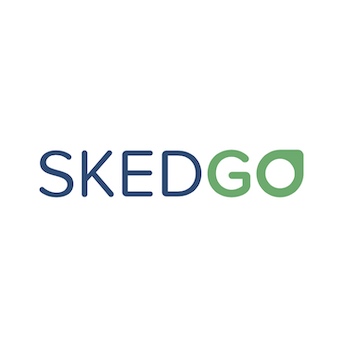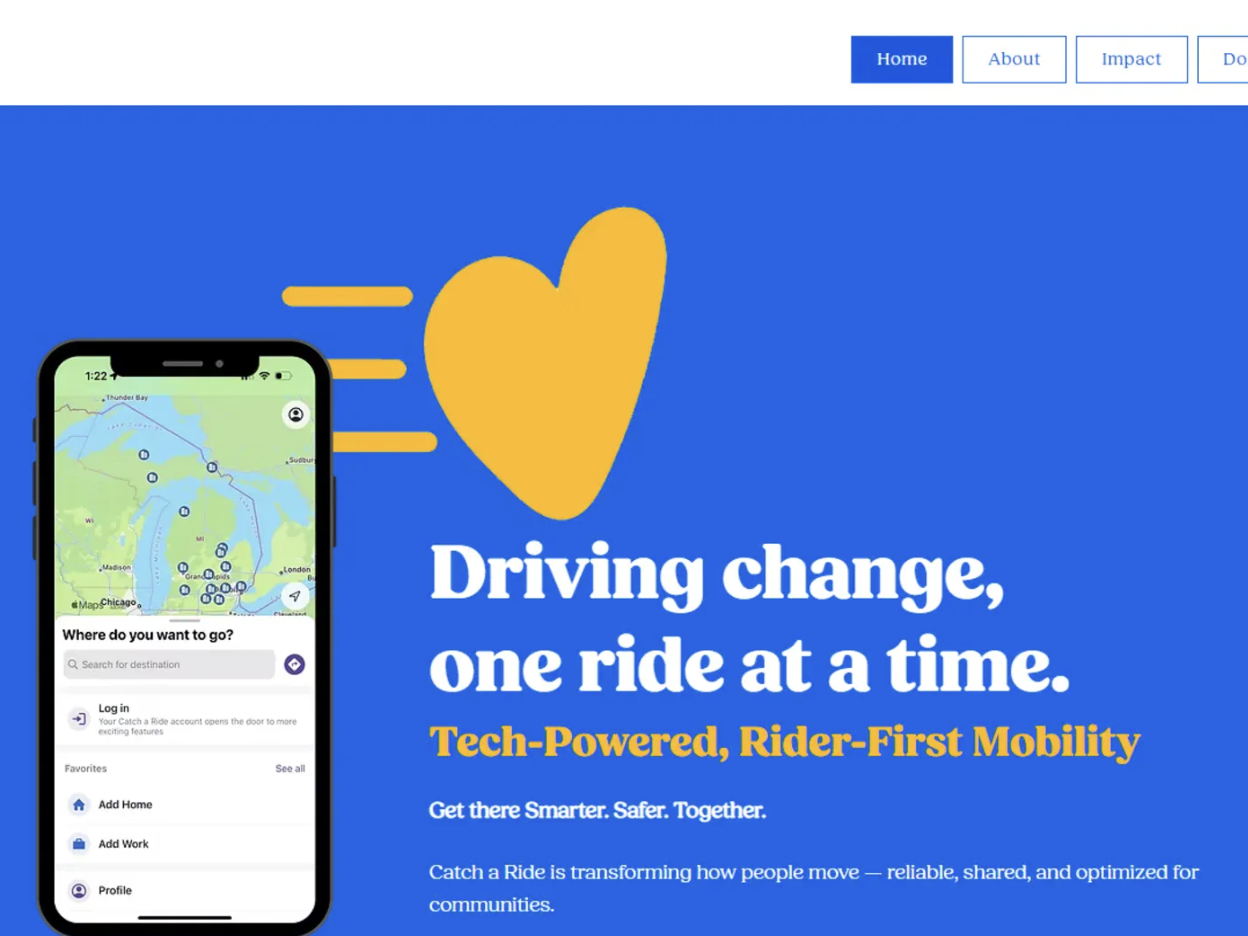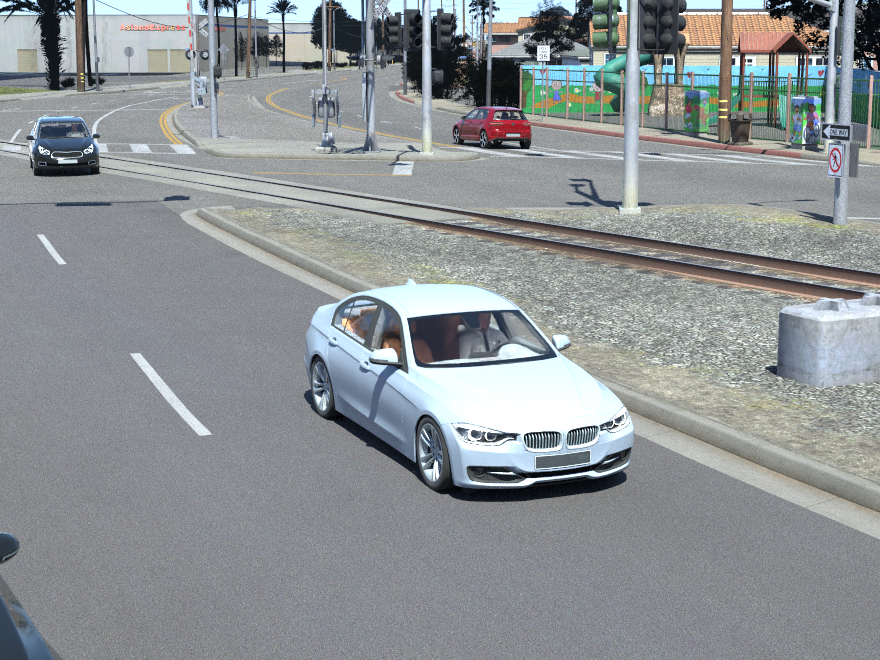In today’s rapidly evolving transportation landscape, organizations are seeking innovative solutions to meet the demands of a modern, connected society.
Integrated Mobility — often referred to as Mobility as a Service (MaaS) or more recently Mobility as a Feature (MaaF) — is emerging as a game-changer, enabling seamless, efficient, and user-centric transit experiences. Two compelling case studies highlight how this approach delivers substantial value to American transit providers and businesses.

Cubic Transportation Systems – a New Era of Public Transit
Cubic Transportation Systems, a leader in integrated payment and information solutions for transit agencies, partnered with SkedGo to enhance their offerings through MaaS integration. The goal was to provide a unified platform that allows users to plan, book, and pay for multimodal journeys across various transportation networks.
Key Outcomes
- User-Centric Experience: SkedGo’s MaaS platform enabled Cubic to offer a seamless travel experience, integrating public transit, ride-sharing, biking, and other modes into a single app. This not only enhanced convenience but also encouraged greater adoption of public transit by simplifying the travel process.
- Increased Efficiency: The integrated platform streamlined operations for transit providers by reducing the need for multiple systems and interfaces. This resulted in more efficient resource allocation and lower operational costs.
- Data-Driven Insights: By consolidating data from various modes of transport, the platform provided Cubic and its partners with valuable insights into travel patterns and user preferences. This enabled more informed decision-making and strategic planning for transit networks.
Catch-a-Ride – Enhancing Community Mobility
Catch-a-Ride, a service by Feonix – Mobility Rising and dedicated to providing affordable transportation in underserved areas, leveraged SkedGo’s integrated mobility solutions to better serve their community. With a focus on inclusivity and accessibility, this partnership sought to bridge the transportation gap in rural and suburban regions.
Key Outcomes
- Improved Accessibility: The MaaS platform developed by SkedGo allowed Catch-a-Ride to integrate various transportation options, including demand-responsive transit and ride-sharing, into a single, easy-to-use interface. This significantly improved access to essential services for residents in remote areas.
- Scalability: The platform’s flexibility allowed Catch-a-Ride to scale its services efficiently, expanding to new areas without the need for extensive infrastructure investments. This scalability was crucial in meeting the growing transportation needs of diverse communities.
- Sustainability and Cost Savings: By optimizing routes and enabling more efficient use of vehicles, the integrated system reduced operational costs and environmental impact. This not only made the service more sustainable but also more financially viable in the long term.
Delivering Value Across the U.S.
These case studies underscore the transformative impact of integrated mobility on the transportation sector. For transit providers and companies across the country, embracing MaaS (or MaaF) offers several key benefits:
- Enhanced Customer Experience: By providing a unified platform that combines multiple modes of transport, integrated mobility solutions make travel more convenient, personalized, and user-friendly. This leads to higher customer satisfaction and increased ridership.
- Operational Efficiency: Streamlining processes and consolidating data across transportation modes reduces complexity and lowers operational costs. This efficiency allows providers to allocate resources more effectively and respond to changing demand with greater agility.
- Data-Driven Decision Making: The ability to gather and analyze data from various transportation services in one place provides valuable insights into user behavior and system performance. This data can be leveraged to optimize routes, improve service offerings, and make strategic decisions that align with user needs and business goals.
- Scalability and Flexibility: Integrated mobility platforms are inherently scalable, enabling providers to expand their services and adapt to new market conditions without the need for significant investments. This flexibility is particularly important in a rapidly changing transportation landscape.
Looking Ahead
As the U.S. continues to invest in the future of mobility, the adoption of integrated solutions will be crucial in shaping a more connected, efficient, and sustainable transportation ecosystem. Transit providers and companies that embrace this shift will not only improve their service offerings but also contribute to a more inclusive and accessible future for all.
Is your organization ready to embrace the future of mobility? Get in touch to discover how our integrated mobility solutions can help you deliver value to your customers and communities. Let’s work together to create a smarter, more connected transportation system for all Americans.
This article was originally published by SkedGo.















